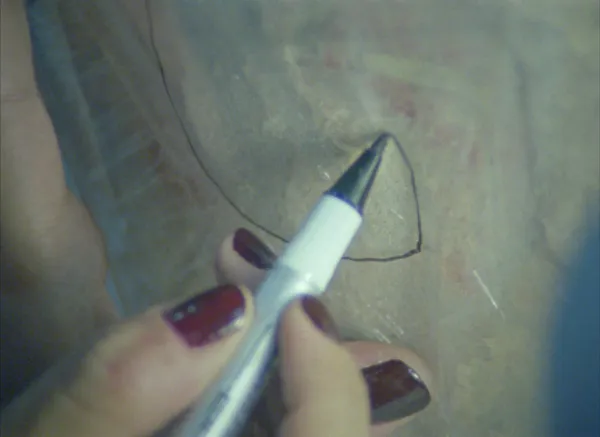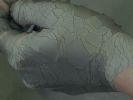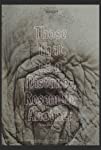Eye For Film >> Movies >> Those That, At A Distance, Resemble Another (2019) Film Review
Those That, At A Distance, Resemble Another
Reviewed by: Jennie Kermode

Can a copy ever have the same value as an original item? Artist and film director Jessica Sarah Rinland (who is using, appropriately, an argument she copied from someone else’s book) suggests that it can have more because it has not been subject to the ravages of time, because it can attain a state of perfection not possible in reality. Although this context is not provided in the film, creating reproductions is an important part of the conservation process in many museums, and this is how it is that Rinland and others come to be working on the task that we see here: the copying of an elephant’s tusk. The original came from an elephant killed in Malawi more than a century ago, and was bequeathed to a natural history museum. It is obviously more ethical to copy it than to replace it. But what does it mean to seek perfection when it comes to an object like this?
Rinland’s film encourages viewers to meditate on this subject whilst observing the artistic process. Clay and plaster are moulded and shaped. Surfaces are smoothed, fine grooves created, brushes used to create texture. Multiple hands move and shape the developing artefact. The director’s brightly painted fingernails mean that hers are always easy to distinguish. One wonders if some tiny flake of varnish might break off unnoticed and embed itself in the tusk, prompting future generations to engage in curious speculation about the condition of the original.

Who was this elephant? What did the tusk mean to him? What is a living thing, Rinland asks, if not a copy, an imperfect reproduction of something that has gone before? Framed in this way, her work seems almost like an extension of the elephant or a tribute to it, a fragment of its existence preserved in time. The shadow of the ivory trade looms large, though it is barely referenced. Its obsession with the original, the real, at the expense of life. if we can’t save elephants, the film seems to suggest, perhaps we can preserve something of what it means to observe one. But what about what it means to be one? Here there is distance; illusions fall away. The sound of the wild is only a recording. The sound of the brushes is stiff and dry.
When not observing the artistic work directly, we glimpse something of the trade in reproductions between museums around the world, a means through which more people get to see and experience something of the meaning of the original. Rinland herself usually works in exhibition format, reaching one small audience at a time. This copying of her work in film form opens it up. It’s one for those with an interest in at – the general viewer will not take kindly to an hour of what is, in part, watching paint dry. If you want to know more about this kind of work and the possibilities it entails, however, you will find this fascinating.
Reviewed on: 28 Mar 2020


















